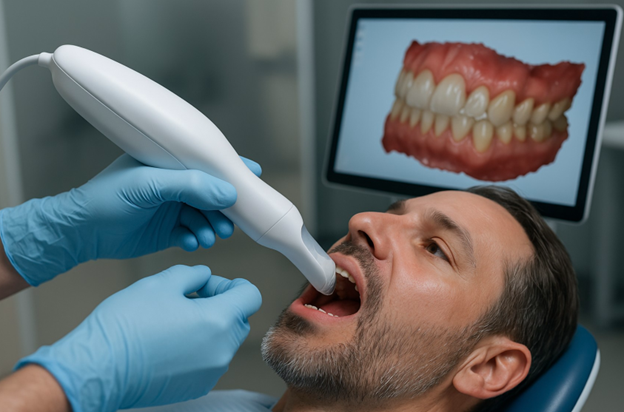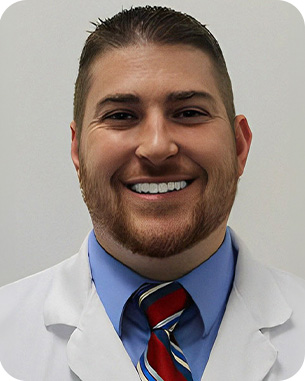Implant dentistry has evolved significantly, and one of the most impactful innovations of recent years is intraoral scanning. This technology is rapidly replacing traditional impressions and transforming diagnosis, treatment planning, and restoration delivery.
For trained dentists, adopting intraoral scanning means more precision, streamlined workflows, and enhanced patient comfort. This article explores how intraoral scanners are redefining implant dentistry—and how you can integrate them into your practice.
What is Intraoral Scanning?
An intraoral scanner is a handheld device that captures high-resolution, 3D images of a patient’s teeth, gums, and soft tissue. Using optical or laser technology, it generates a digital impression in real time, eliminating the need for traditional molds made with messy impression materials.
These digital impressions can then be used for:
- Surgical guide creation
- Custom abutment design
- Final restoration planning
1. Improved Accuracy and Precision
Traditional impressions are vulnerable to distortions, leading to poor-fitting prosthetics. In contrast, intraoral scans capture micron-level detail, ensuring accuracy in:
- Implant positioning
- Abutment fabrication
- Crown and bridge fit
Key takeaway: In implant dentistry, this level of accuracy is crucial for long-term success and patient comfort.
2. Enhanced Treatment Planning
When combined with CBCT scans, intraoral scans create a complete 3D model of the patient’s oral anatomy. This allows you to:
- Visualize bone volume and density
- Plan implant placement with millimeter precision
- Design custom surgical guides or restorations
Key takeaway: The synergy of intraoral scanning and CBCT enables predictable, guided treatments with fewer complications.
3. Faster and More Comfortable for Patients
Gone are the days of trays filled with alginate or silicone. Intraoral scanning is quick, clean, and non-invasive.
- No gag reflex triggers
- No messy materials
- Faster capture times
Key takeaway: Patients appreciate the comfort—and are more likely to accept treatment.
4. Reduced Chair Time and Increased Efficiency

Get full access to this article, many others published weekly, and a library of exclusive resources by becoming an ADI MEMBER today. Stay informed, expand your knowledge, and connect with leading professionals in dentistry.
Already a member? Login Now













